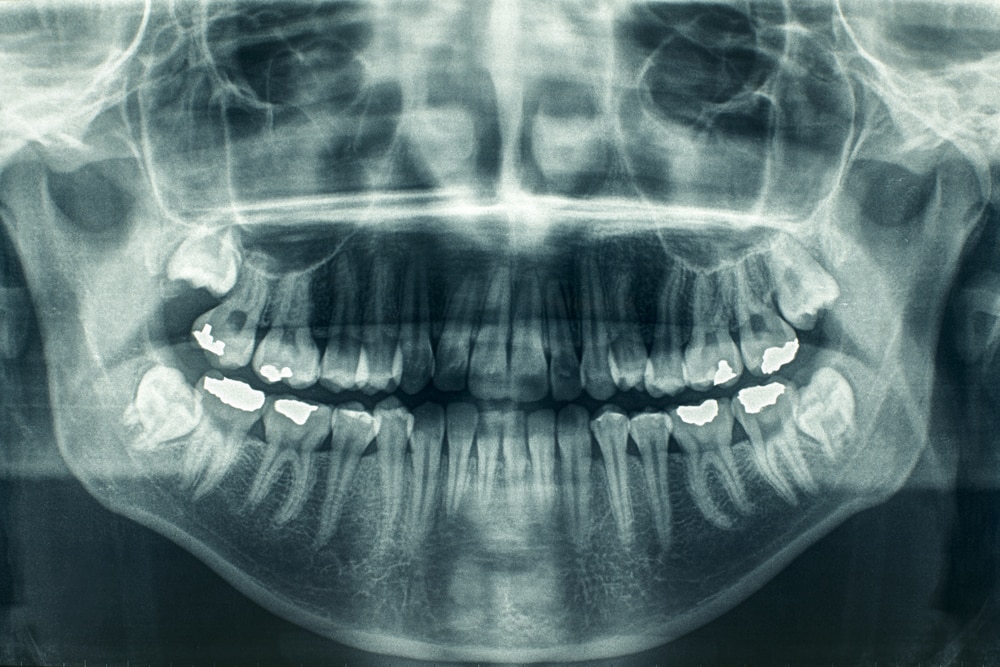X-rays are photographs or images of the human body made using ionizing radiation. X-rays are important because a clinical mouth examination will not reveal all the information about your teeth. Intra-oral x-rays are focused on the teeth and teeth-supporting tissues found in the mouth while extra-oral x-rays will show the jaws and other parts of the head.
WHAT TO EXPECT
On your first visit to the dentist, he or she will take a radiographic survey of your mouth. A full-mouth intraoral series consists of a minimum of 14 periapical films and 4 bite-wing films. Your dentist may also take an extra-oral x-ray known as the orthopantomogram.
- Periapical x-rays (intra-oral) are focused on three to four particular teeth at a time, they give a close-up view of those teeth from the crowns to the roots and their supporting tissues
- Bite-wing x-rays (intra-oral) show the crowns of about four upper and four lower teeth in one film. Bite-wing x-rays also show the crest of the upper and lower jaws associated with those teeth
- The orthopantomogram (extra-oral) is a panoramic (full and wide view) of the upper and lower jaws as well as the surrounding structures
Another type of intra-oral radiograph is the occlusal radiograph which shows teeth and bone larger than the periapical x-rays. There are other extra-oral x-rays which your dentist may take if need arises.
Remember, speak to your dentist about any concerns or questions you may have. See the dentist every six months even if you have no complaints.
FAQ
Radiation from regular x-ray machines can have adverse effects but the amount of radiation released from the dental x-ray machine is much more less than the amount in regular x-rays.


